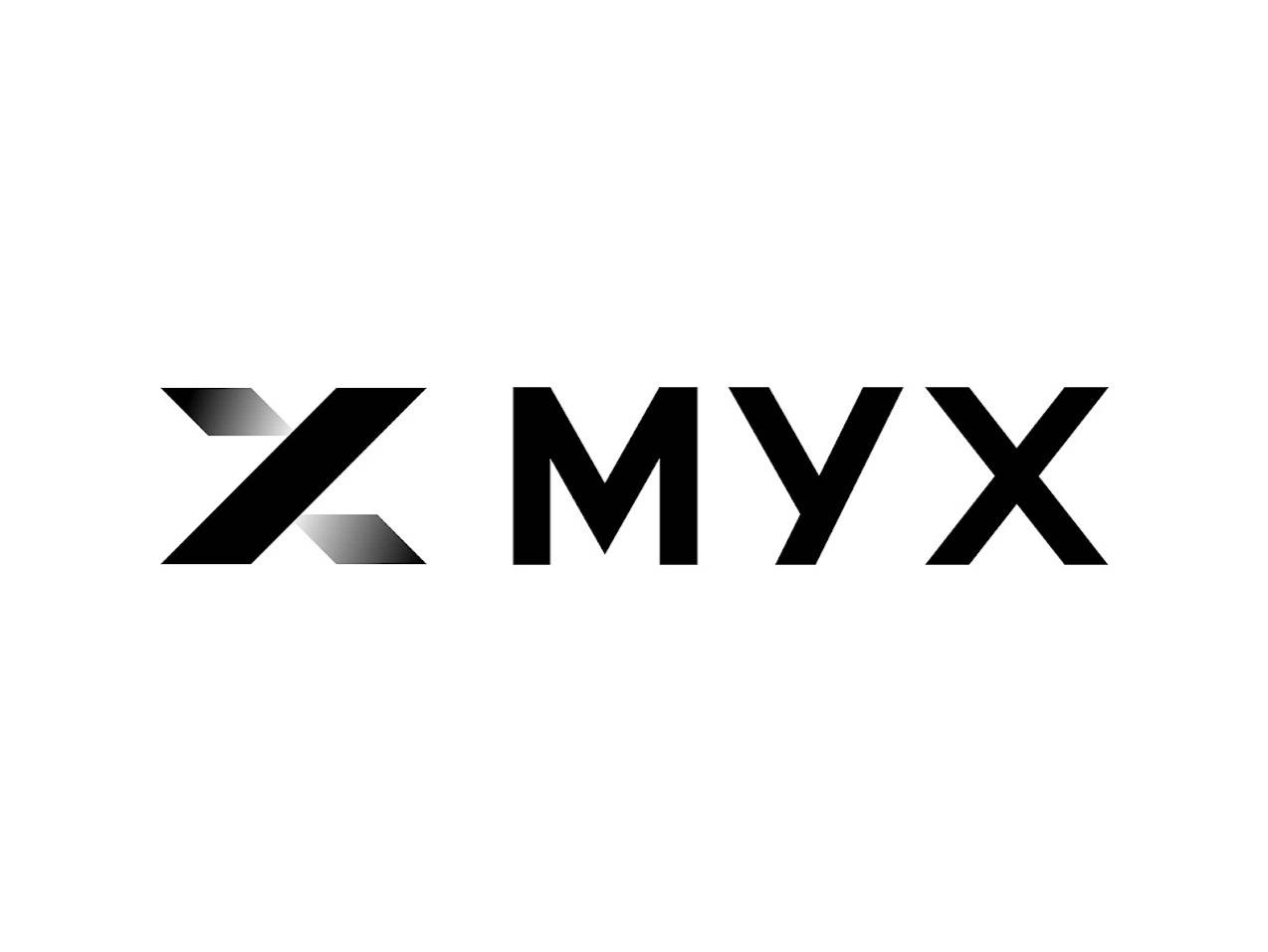위키 구독하기
Share wiki
Bookmark
MYX Finance
MYX Finance
MYX Finance는 영구 계약의 온체인 거래를 용이하게 하는 비수탁형 탈중앙화 파생 상품 거래소(DEX)입니다. 이 프로토콜은 기존 주문장 또는 자동화된 마켓 메이커 (AMM) 모델 대신 독점적인 MPM(Matching Pool Mechanism)을 활용하여 높은 자본 효율성과 낮은 슬리피지로 거래 경험을 제공하도록 설계되었습니다. [1] [2]
개요
MYX Finance는 탈중앙화 프레임워크 내에서 중앙화 거래소 (CEX)의 성능과 사용자 경험을 복제하는 것을 목표로 합니다. 이 플랫폼의 핵심 목표는 영구 선물에 대한 제로 슬리피지 거래, 낮은 수수료 및 높은 레버리지를 제공하는 것입니다. Arbitrum, Linea 및 BNB Chain을 포함한 여러 이더리움 가상 머신 (EVM) 호환 블록체인에서 운영됩니다. 이 프로토콜은 D11 Labs에서 인큐베이션되었으며 허가 불필요하고 커뮤니티 중심적으로 설계되었습니다. [3] [4]
이 플랫폼의 주요 기능은 "체인 추상화"를 사용하여 사용자가 Solana와 같은 비 EVM 체인을 포함한 20개 이상의 다양한 블록체인에서 담보를 수동 브리징 없이 단일 계정으로 입금할 수 있다는 것입니다. 이는 사용자를 대신하여 릴레이어 네트워크가 가스 수수료를 부담하는 가스리스 거래 시스템과 결합되어 거래 프로세스를 단순화합니다. 이 프로토콜은 비수탁형이므로 사용자는 스마트 계약을 통해 자금을 통제할 수 있습니다. 보안은 SlowMist 및 PeckShield와 같은 회사의 스마트 계약 감사, 중요한 작업에 대한 다중 서명 메커니즘 및 단일 실패 지점을 방지하기 위한 탈중앙화 관리를 통해 해결됩니다. [1] [2]
역사
MYX Finance의 공식 X(이전 Twitter) 계정은 2023년 6월에 개설되었습니다. 2023년 11월 28일, 이 프로젝트는 5천만 달러의 가치로 5백만 달러의 시드 자금 조달 라운드를 완료했다고 발표했습니다. 이 라운드는 HongShan(이전 Sequoia China)이 주도했으며 Consensys와 Hack VC가 참여했습니다. [3]
자금 조달 발표에 이어 이 프로젝트는 2023년 11월 29일에 Linea Goerli 네트워크에서 테스트넷의 첫 번째 단계를 시작했으며 2023년 12월 26일에 두 번째 단계가 이어졌습니다. MYX Finance 메인넷은 2024년 2월 18일에 Arbitrum 네트워크에서 공식적으로 시작되었습니다. 이 프로젝트는 또한 2024년 4월에 OKX Web3 Wallet과 공동 주최한 경품 행사 "Ordovician Campaign"과 같은 커뮤니티 구축 활동에 참여했습니다. [3]
기술
MYX Finance의 아키텍처는 자본 효율성과 사용자 경험을 향상시키도록 설계된 몇 가지 주요 기술 구성 요소를 중심으로 구축되었습니다. 이 프로토콜의 스마트 계약은 Solidity로 작성되어 EVM 기반 네트워크와의 호환성을 나타냅니다. [5]
MPM(Matching Pool Mechanism)
MYX 프로토콜의 핵심은 MPM(Matching Pool Mechanism)입니다. 주문장 또는 AMM 유동성 풀에 의존하는 기존 DEX와 달리 MPM은 롱 포지션과 숏 포지션을 내부적으로 매칭하는 공유 유동성 풀로 작동합니다. 사용자가 거래를 시작하면 프로토콜은 спочатку 포지션의 반대편을 취한 다음 풀 내에서 다른 사용자의 반대 거래와 페어링하려고 합니다. 이 모델은 유동성을 집중시키고 노출을 내부적으로 재조정하여 프로토콜이 풀에 잠긴 총 자금을 초과할 수 있는 미결제약정 가치를 지원할 수 있도록 합니다. 이 시스템의 주요 이점은 최소에서 제로 가격 슬리피지로 대규모 거래를 실행할 수 있다는 것입니다. 플랫폼은 다른 모델에 비해 거래자에게 0.015%에서 0.03%의 비용을 절감할 수 있다고 주장합니다. [1] [6] [2]
체인 추상화
MYX Finance는 원활한 크로스 체인 거래 환경을 만들기 위해 체인 추상화를 구현합니다. 이 기술은 두 가지 주요 기능을 가능하게 합니다.
- 크로스 체인 담보: 사용자는 20개 이상의 지원되는 블록체인에서 체인 추상화된 AA(계정 추상화) 지갑으로 자산을 입금할 수 있습니다. 그런 다음 이러한 자산을 사용자가 토큰을 수동으로 브리징하거나 스왑할 필요 없이 Arbitrum 또는 Linea와 같은 실행 네트워크에서 거래하기 위한 담보로 사용할 수 있습니다.
- 가스리스 경험: 이 프로토콜은 사용자를 대신하여 거래 가스 수수료를 지불하는 릴레이어 네트워크를 활용합니다. 이러한 비용은 사용자가 선호하는 통화로 결제되므로 사용자가 실행 체인의 기본 가스 토큰을 보유할 필요가 없으며 주문 실행이 더 즉각적으로 느껴집니다. [1] [4]
보안 및 위험 관리
이 프로토콜은 타사 보안 회사인 SlowMist 및 PeckShield에서 스마트 계약 감사를 받았습니다. 감사 외에도 MYX Finance는 유동성 공급자 (LP)를 보호하기 위해 유동성 볼트에 대한 일련의 위험 관리 도구를 구현했습니다. 이러한 도구에는 다음이 포함됩니다.
- Time Traveller: 시장 이상 현상 발생 시 거래의 소급 실행을 보장하도록 설계된 시스템입니다.
- Live Surveillance: 플랫폼 자산 및 부채에 대한 실시간 모니터링 시스템입니다.
- ADL(Auto-Deleveraging): 플랫폼의 총 미결제약정을 관리하고 유동성 위축으로부터 보호하는 메커니즘입니다.
- Risk Reserve: 잠재적인 예상치 못한 손실을 충당하기 위해 설정된 전용 펀드입니다. [2]
통합
이 플랫폼은 운영을 지원하기 위해 여러 외부 서비스와 통합됩니다. 시장 데이터 및 가격 피드는 Pyth Network 오라클에서 제공합니다. 크로스 체인 자산 전송의 경우 프로토콜은 Across Bridge에서 제공하는 브리징 기능을 활용합니다. [2]
토큰노믹스
MYX Finance에는 BNB Smart Chain에서 BEP-20 표준으로 작동하는 기본 유틸리티 및 거버넌스 토큰인 MYX가 있습니다. 이 토큰의 고정 최대 및 총 공급량은 10억 개입니다. [7]
유틸리티
MYX 토큰은 생태계 내에서 여러 기능을 수행합니다.
- 거버넌스: MYX 보유자는 수수료 구조, 위험 한도 및 새로 지원되는 체인 추가와 같은 프로토콜 매개변수를 조정하기 위한 제안에 투표하여 온체인 거버넌스에 참여할 수 있습니다.
- 스테이킹: 사용자는 MYX 토큰을 스테이킹하여 프로토콜에서 생성된 순 거래 수수료의 일부를 얻을 수 있습니다.
- 수수료 할인: MYX 토큰을 보유하면 거래 수수료 할인을 제공하는 계층형 VIP 프로그램에 액세스할 수 있습니다. 프로젝트에 따르면 10 MYX만 보유해도 최대 70%까지 할인을 받을 수 있습니다. [1] [4]
토큰 배포
총 10억 개의 MYX 토큰 공급량은 다양한 이해 관계자 및 생태계 이니셔티브에 할당됩니다. 배포는 다음과 같습니다.
- 생태계 인센티브: 40%
- 핵심 기여자: 20%
- 투자자: 17.5%
- 에어드롭: 14.7%
- 초기 유동성 제공: 4%
- 커뮤니티 라운드: 2%
- 재단 준비금: 1.8% [1]
논란
2025년 9월 가격 급등 및 조작 혐의
2025년 9월 초, MYX 토큰은 극심한 가격 변동성을 겪으며 1주일 만에 거의 1,400% 급등하여 9월 10일에 사상 최고가인 약 18.42달러에 도달했습니다. 이 사건은 상당한 관심을 끌었으며 web3 해설가와 분석가로부터 시장 조작 혐의를 받았습니다. [6]
몇 가지 요인이 가격 상승의 잠재적 촉매제로 확인되었습니다. 2025년 9월 5일, MYX Finance는 도널드 트럼프 미국 대통령과 관련된 디지털 자산인 World Liberty Financial (WLFI) 토큰에 대한 영구 계약을 상장할 의향을 발표했습니다. 직후 Binance Alpha를 통해 게시된 Binance Wallet의 데이터는 MYX를 최고의 에어드롭 중 하나로 강조하면서 초기 수령인이 초기 할당에 대해 상당한 수익을 올렸다고 언급했습니다. 이 홍보는 9월 6일에서 9월 10일 사이에 공격적인 숏 스퀴즈로 이어졌으며, 이 기간 동안 8,951만 달러의 숏 포지션이 청산되었고 2,345만 달러의 롱 포지션이 청산되어 강렬한 상승 가격 압력이 발생했습니다. 이 기간 동안 MYX 선물 미결제약정은 4억 달러를 초과했습니다. [6]
상승세는 회의적인 반응을 받았습니다. 관찰자들은 60억 달러에서 90억 달러에 이르는 비정상적으로 높은 일일 영구 거래량을 지적하고 여러 거래소에서 대규모 보유자의 조정된 활동을 의심했습니다. 이 상황은 소셜 미디어에서 "사기 펌프" 및 "범죄 현장"으로 묘사되었습니다. 의혹을 더한 것은 3,900만 개의 MYX 토큰이 동시에 잠금 해제되어 초기 투자자가 부풀려진 가격으로 소매 거래자에게 보유 자산을 판매하기 위해 이벤트를 조작했을 수 있다는 추측으로 이어졌습니다. 일일 상대 강도 지수(RSI)와 같은 기술 지표는 89에서 97 사이의 수준에 도달하여 극도로 과매수된 상태를 나타내고 분석가가 70%에서 85%까지 잠재적인 가격 조정을 예측하도록 이끌었습니다. [6]
잘못된 내용이 있나요?
